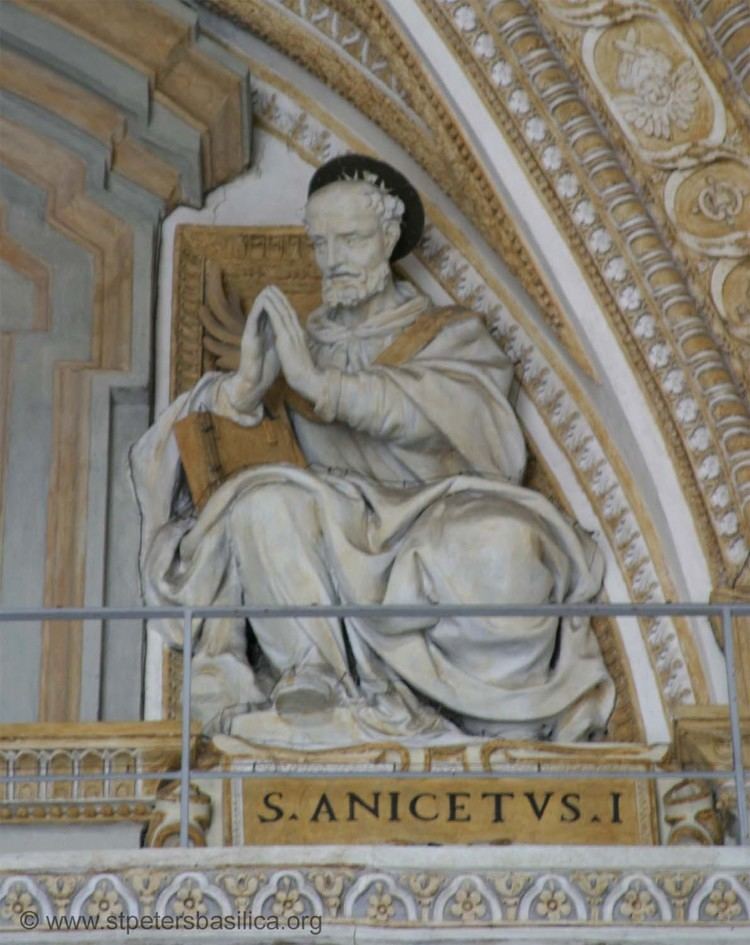Papacy began c. 157 Name Pope Anicetus Predecessor Pope Pius I Feast day 20 April | Birth name Anicetus Papacy ended c. 20 April 168 Term ended April 20, 168 AD | |
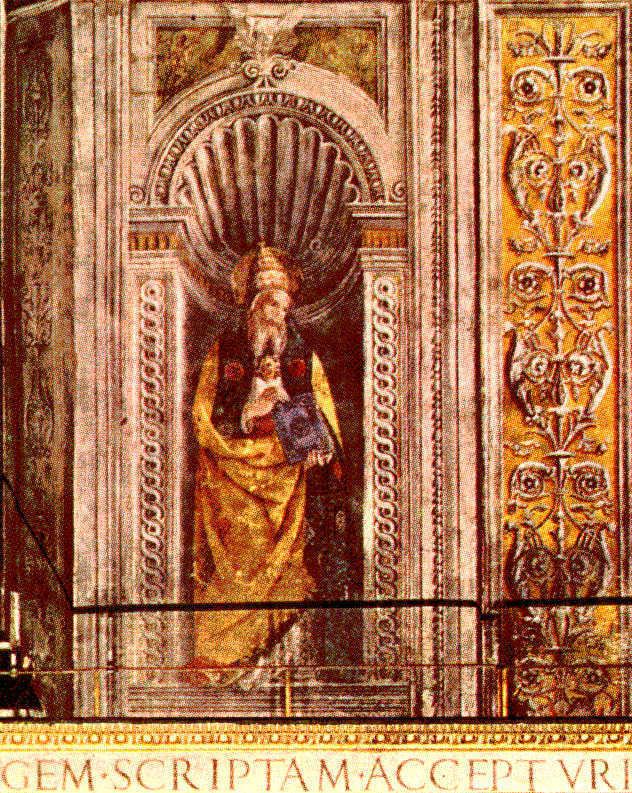 | ||
Similar People Pope Pius I, Pope Soter, Pope Sixtus I, Pope Alexander I, Pope Hyginus | ||
Pope Anicetus | Wikipedia audio article
Pope Anicetus (died c. 20 April 168) was the Bishop of Rome from c. 157 to his death in 168. According to the Annuario Pontificio, the start of his papacy may have been 153. His name is Greek for unconquered (ἀ-νίκητος). According to the Liber Pontificalis, Anicetus was a Syrian from the city of Emesa (modern-day Homs).
Contents
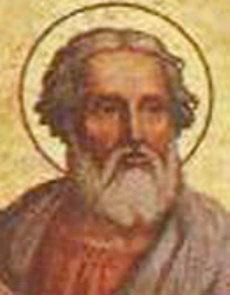
Pope Anicetus | Wikipedia audio article
Biography
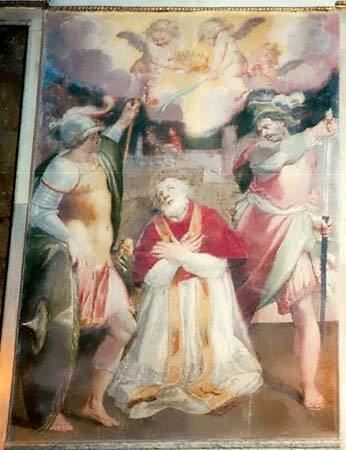
According to St. Irenaeus, it was during his pontificate that the aged St. Polycarp of Smyrna, a disciple of St. John the Evangelist, visited Rome to discuss the celebration of Passover with St. Anicetus. Polycarp and his Church of Smyrna celebrated the crucifixion on the fourteenth day of Nisan, which coincides with Pesach (or Passover) regardless of which day of the week upon this date fell, while the Roman Church celebrated the Pasch on Sunday—the weekday of Jesus's resurrection. The two did not agree on a common date, but St. Anicetus conceded to St. Polycarp and the Church of Smyrna the ability to retain the date to which they were accustomed. The controversy was to grow heated in the following centuries.
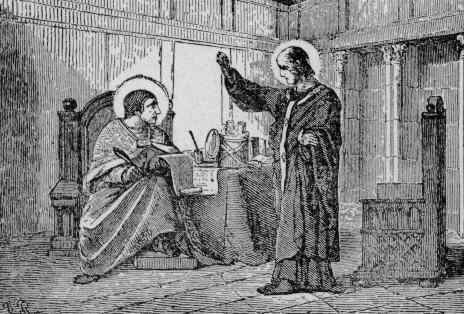
The Christian historian Hegesippus also visited Rome during Anicetus's pontificate. This visit is often cited as a sign of the early importance of the Roman See.
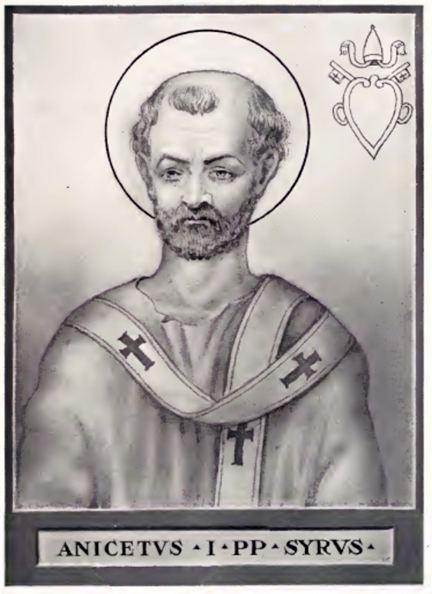
St. Anicetus actively opposed the Gnostics and Marcionism. Liber Pontificalis records that St. Anicetus decreed that priests are not allowed to have long hair (perhaps because the Gnostics wore long hair).
According to Church Tradition, St. Anicetus suffered martyrdom during the reign of the Roman Co-Emperor Lucius Verus, but there are no historical grounds for this account. 16, 17 and 20 April are all cited as the date of his death, but 20 April is currently celebrated as his feast day. Before 1970, the date chosen was 17 April. The Liber Pontificalis states he was buried in the cemetery of Callistus.
